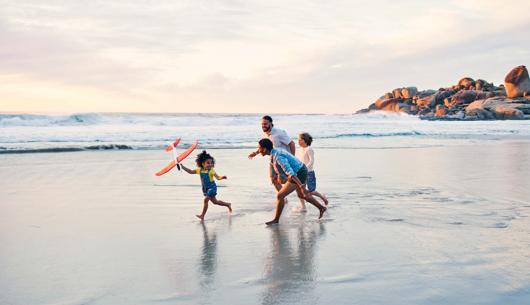This summer we have experienced both the hottest June and the wettest July on record. We have seen climate change cause significant damage to property and insured goods, and impact commercial contracts.
Considered the new norm, this could also have a damaging effect on fine art. As not every insured has a bunker… the risk that extreme weather poses on fine art is significant, particularly in disaster-prone markets such as North America. For example, earthquake-prone California continues to face wildfires, resulting in the premiums for fine art insurance coverage increasing between 5% and 12%.
Whilst cover for fine art is very often capped in an all risks policy, insurers may want to consider:
- obligations requiring insureds to take additional steps to protect work, such as using protective materials or specialist storage or placement solutions;
- requesting condition reports to assess the likelihood and susceptibility to damage in the event of extreme weather;
- agreeing to send alerts before weather events;
- requiring insureds to create disaster plans that further require steps to be taken to mitigate the likelihood of damage;
- alarming an insured to take objects to secure storage facilities;
- increasing insurance deductibles and excesses; and
- applying restrictions on transit coverage when transporting fine art collections during episodes of extreme weather.
Contents
- The Word, August 2023
- Oppenheimer: how do nuclear weapons affect insurers?
- Is Europe’s first EVTOL aircraft on the horizon? - emerging risks for insurers
- The rise in risky cosmetic surgery injections - the increased risk to insurers
- Climate change strikes again
- US Court declares a constitutional duty to protect against climate change
- How can generative AI assist the insurance industry?
Key contact

Tim Johnson
Partner
tim.johnson@brownejacobson.com
+44 (0)115 976 6557


